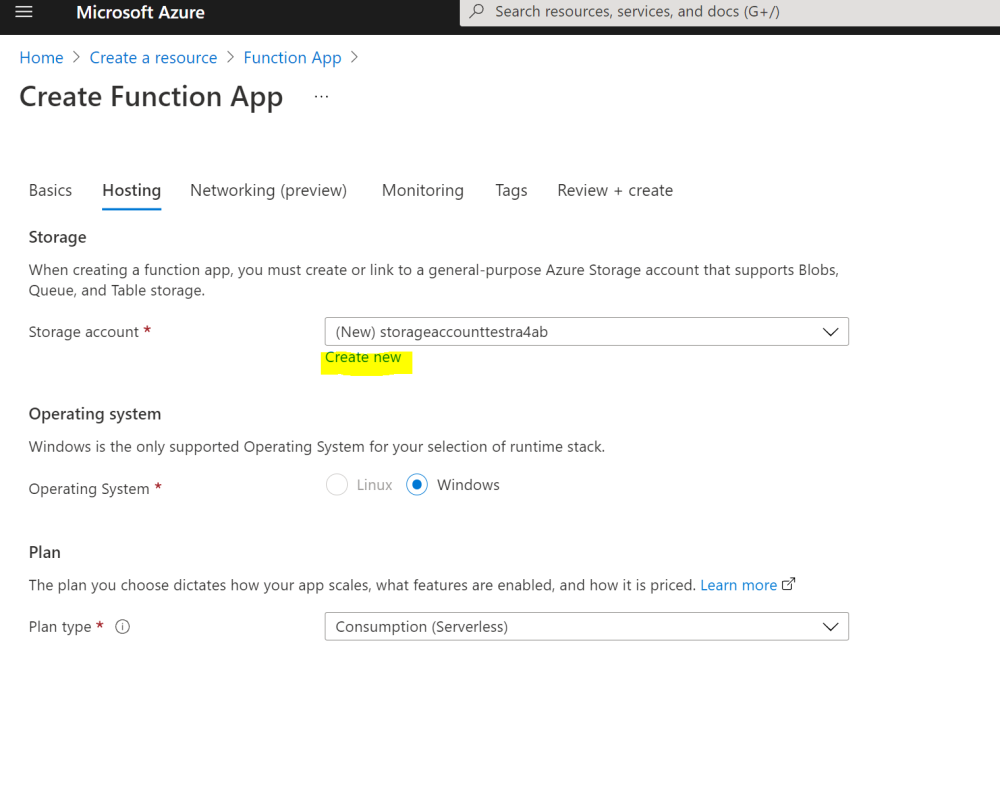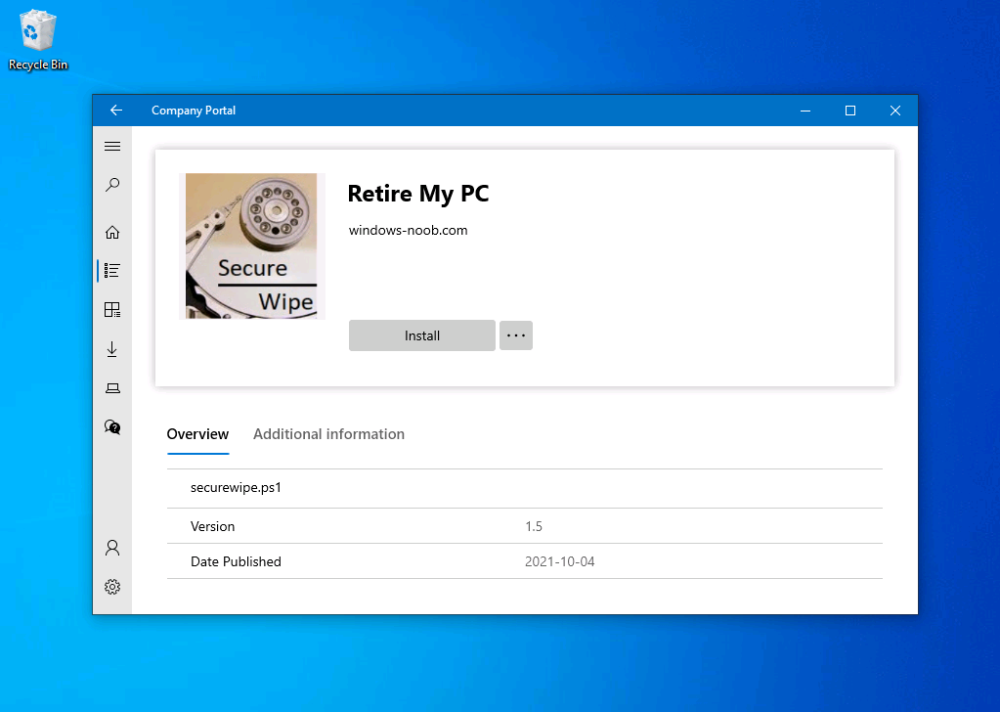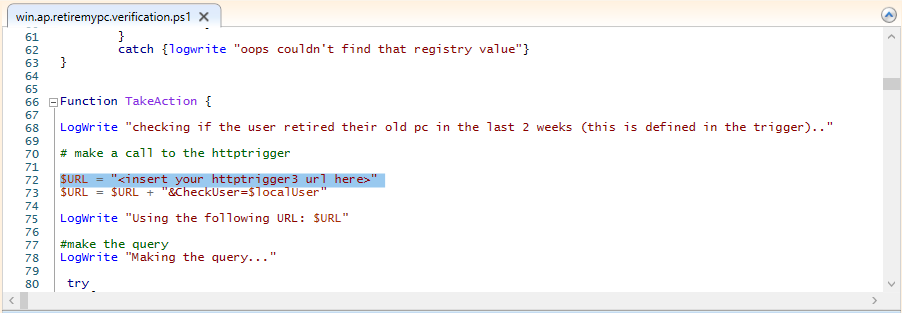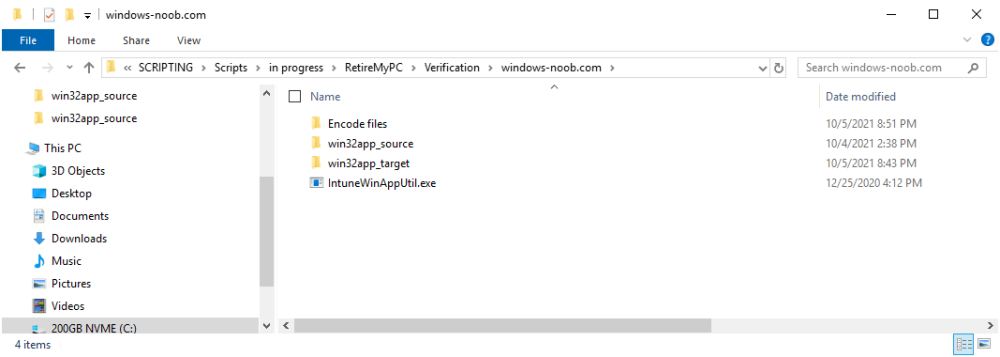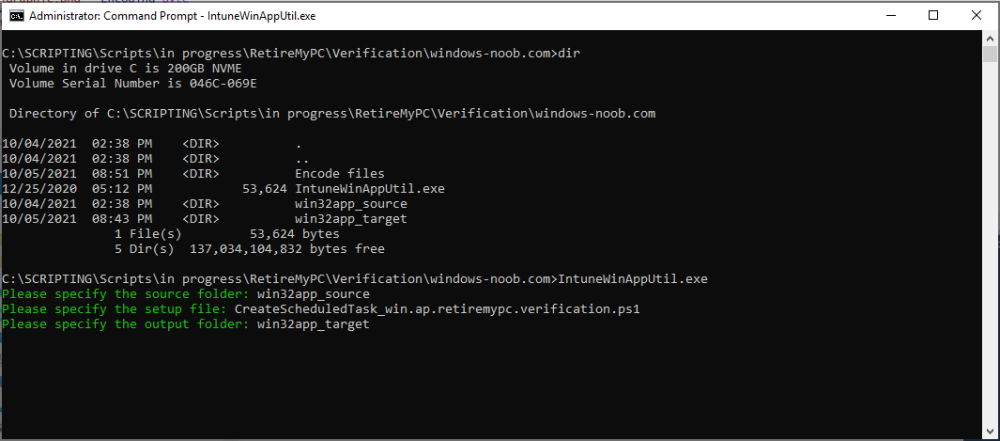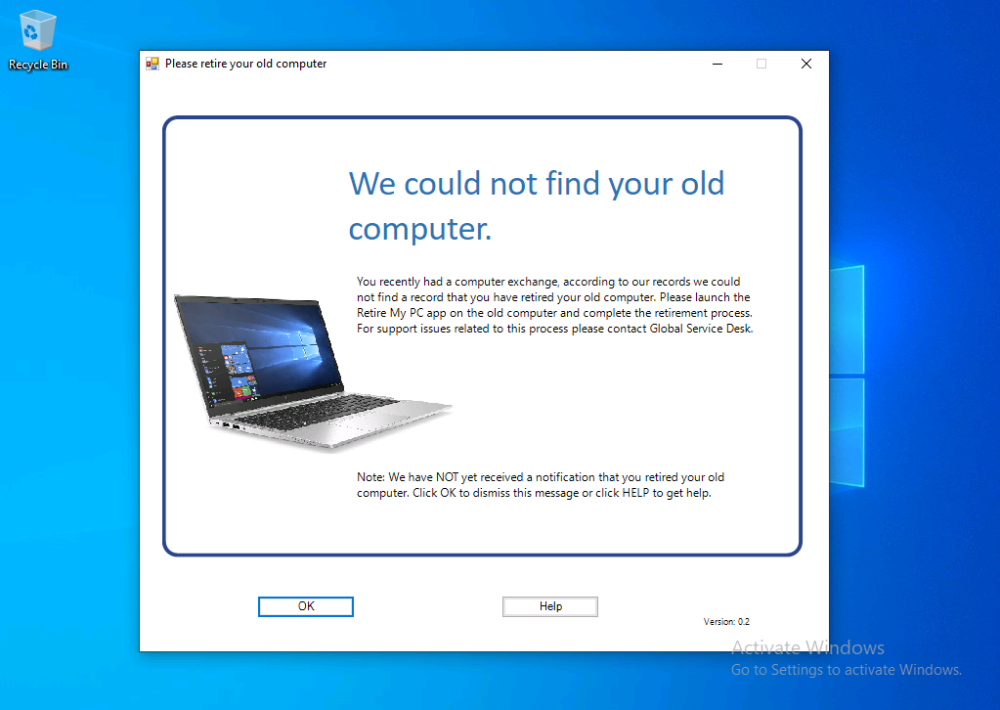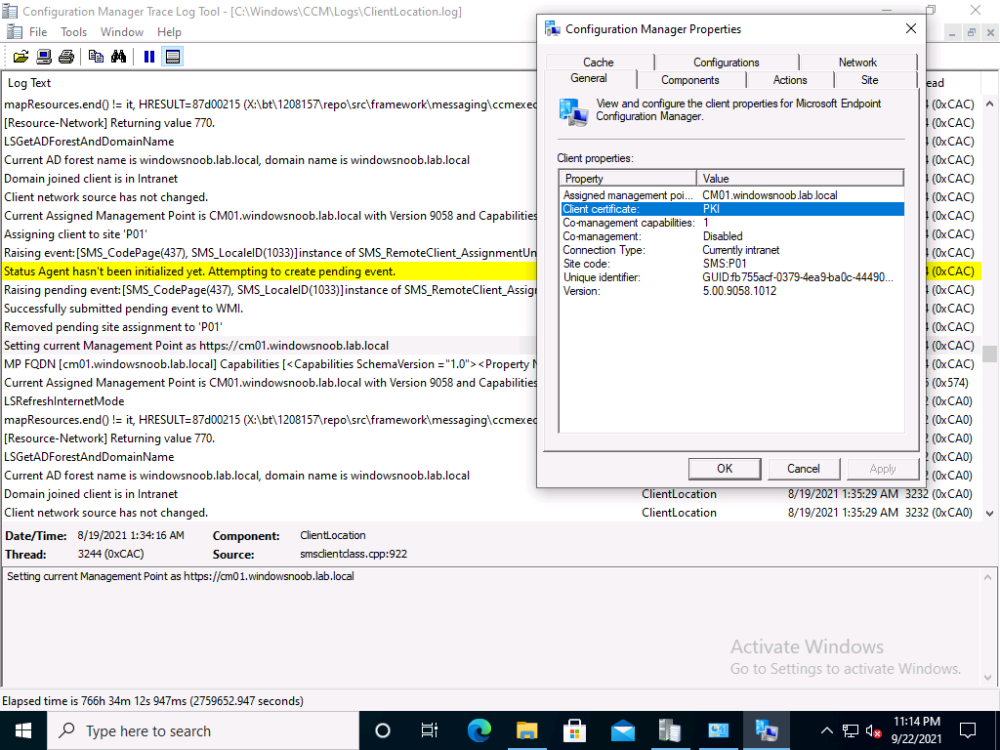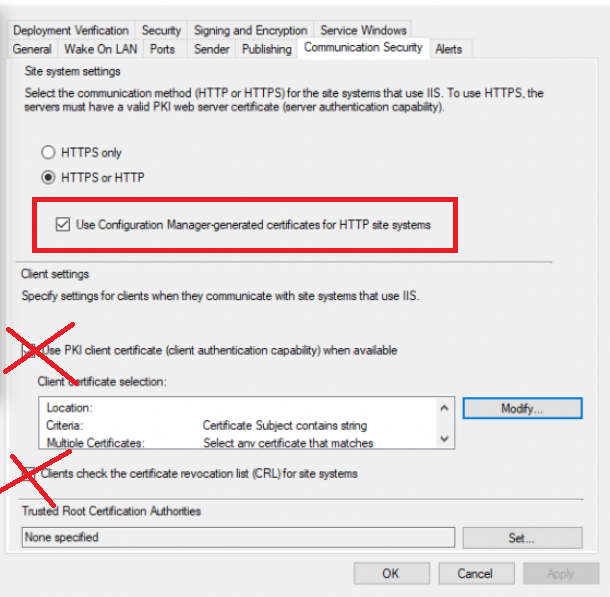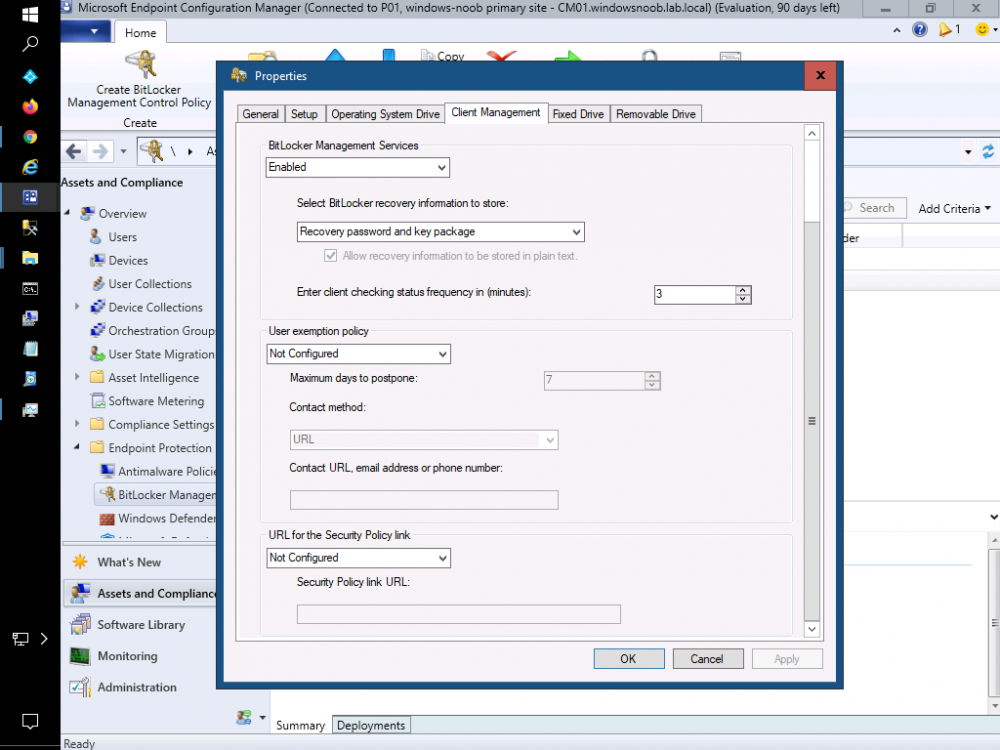-
Posts
9250 -
Joined
-
Last visited
-
Days Won
369
Everything posted by anyweb
-

Dmp_Downloader fails
anyweb replied to Kiran chandra B's topic in System Center Configuration Manager (Current Branch)
what happens if you copy the url mentioned into your web browser on the same server, does it download correctly, yes/no -
Every three years Windows unveils a new version of its massively widespread OS, Windows Server. But this time it feels different. The rollout of Windows Server 2022 has felt strangely subdued compared to past iterations and it seems that this is part of Microsoft’s larger strategy to push admins towards a more cloud-hosted future. So, what does this mean for the future of system admins? How will your daily operations change because of this strategy shift? Presenters, Microsoft MVP Andy Syrewicze and IT security expert Paul Schnackenburg, will explain the full new feature set, security enhancements, editions and license comparisons, where Hyper-V Server has gone, where Azure Stack HCI fits into this discussion, and more on this unmissable upcoming webinar from Altaro/Hornetsecurity on 13 October. They will explain the full new feature set, security enhancements, editions and license comparisons, where Hyper-V Server has gone, where Azure Stack HCI fits into thisdiscussion, and more! The presenters will also be answering all your burning Windows Server 2022 questions so come prepared and make the most out of this event to prepare your organization for the next generation of IT workloads! Sign up here !
-
what type of account are you using to create this ? I just tried it now and i do see the option to create a new storage as you see here
- 14 replies
-
I'm glad you figured it out, and have fun with this
- 242 replies
-
- 1702
- forced upgrade
-
(and 2 more)
Tagged with:
-
Introduction I've seen multiple posts on twitter recently where people showed how to retrieve data from a company device. The Retire My PC app (shown below) helps to add a stronger layer of protection to your corporate devices by deleting the Bitlocker recovery information from the TPM, before shutting down the computer, and it gives your users a Self-Service way of securing company data on old computers before handing them back. In case you haven't seen that blog post already, please familiarize yourself with the Retire My PC solution here. In this blog post I'll show you how you can verify that the user has retired their old device by running a script on their new device. Step 1. Add a new httptrigger In the Resource Group that you created in Step 1 of the first blog post, create a new httptrigger and paste in the following code. ####################################################################################################################################### # use this code in a http trigger as part of a function app # for more details see ... # Niall Brady,2021/10/05 ####################################################################################################################################### using namespace System.Net # Input bindings are passed in via param block. param($Request, $TriggerMetadata, $inputTable) $Tenant = "windowsnoob.com" $triggerName = "Check if user retired PC previously" # Write to the Azure Functions log stream. Write-Host "PowerShell HTTP trigger function processed a request." # Interact with query parameters or the body of the request. $CheckUser = $Request.Query.CheckUser if (-not $CheckUser) { $CheckUser = $Request.Body.CheckUser } $a = Get-Date $body = $body + "$a ------------------------------------`n" $a = Get-Date $body = $body + "$a Starting the following trigger: '$triggerName'.`n" $a = Get-Date $body = $body + "$a Connected to tenant: '$Tenant'.`n" if ($CheckUser) { $a = Get-Date $body = $body + "$a Looking for the following user name: '$CheckUser'.`n" #} #Put all table rows into $table #$found="" $table = [System.Collections.ArrayList]::new(); foreach($row in $inputTable){ #validate section # look for any rows where the user we are checking equals the UserName column... if ($CheckUser -EQ $row.UserName -and $($row.DateRetired) -gt $(Get-Date).AddDays(-14)) { $table.Add(@{ sUserName = $row.UserName; dateRetired = $row.DateRetired; sStatus = $row.Status; sComputerName = $row.ComputerName; }) #$found+="$($table[$table.Count-1].sComputerName) - $($table[$table.Count-1].sUserName) - $($table[$table.Count-1].sStatus) - $($table[$table.Count-1].dateRetired)" $found+="$($table[$table.Count-1].sComputerName) - $($table[$table.Count-1].dateRetired)" $body = $body + "$a FOUND record: '" + $found + "'.`n" } else {} # {$body = $body + "Did not find a matching record`n"} } } $a = get-date $body = $body + "$a Exiting Azure function.`n" $a = Get-Date $body = $body + "$a ------------------------------------`n" # show the output to the browser...Associate values to output bindings by calling 'Push-OutputBinding'. Push-OutputBinding -Name Response -Value ([HttpResponseContext]@{ StatusCode = [HttpStatusCode]::OK Body = $body }) Step 2. Integrate the trigger with Azure tables In the newly created trigger click save and then click on Integration. You will be adding integration with the Azure tables created in the first blog post with the new trigger for both the input and output (marked in yellow below). For Inputs, click on + Add input then... configure the following settings: For Binding Type, select: Azure Table Storage For Storage Account Connection, select: RetireMyPC_setting For Tablename enter: devicestatus as shown below in yellow. Click OK when done. You should see it looking like this. Next, for Output table click on + Add Output and fill it in like so.... For Binding Type, select: Azure Table Storage For Storage Account Connection, select: RetireMyPC_setting For Tablename enter: devicestatus like this. Click OK when done, your httptrigger is now integrated with Azure tables. Step 3. Get the scripts Download the following files and extract somewhere useful. Note: you will need to login to windows-noob.com to download the scripts. Encode files.zip Step 4. Get ServiceUI.exe from MDT You'll need the ServiceUI.exe executable file to display user interfaces (UI) to end users when operating in SYSTEM context. To get the file, download and install MDT somewhere and navigate to C:\Program Files\Microsoft Deployment Toolkit\Templates\Distribution\Tools\x64. To download MDT click here. Copy the ServiceUI.exe file to your extracted Encode Files folder Step 5. Get the Win32 content prep tool Download the Win32 content prep tool from here. Copy the IntuneWinAppUtil.exe file to the root of your extracted scripts folder Step 5. Modify the scripts Modify the following script: win.ap.retiremypc_verification.ps1 get the funtion URL of the new httptrigger you created in step 1 by looking at this graphic paste that function URL into line 72 next edit line 145 to your preferences ok, now move on to script CreateScheduledTask_win.ap.retiremypc.verification.ps1 and edit line 41 next fill in the values of the encoded files into lines 53-56 so for example, here is before and after... if you don't know how to encode the files look at the encode.ps1 script and you'll figure it out, long story short, modify the path, then run the script, it'll generate 4 txt files and you need to use the contents of those txt files in these variables, note that you need to encode these files every time you make a change to their contents and then paste in the new txt for each file into the main script. Step 6. Create the intunewin package Browse to the folder containing your files and run the IntuneWinAppUtil.exe. Step 7. deploy a Win32 app Next you'll deploy the new package to your selected users. In Microsoft Endpoint Manager click on the Apps icon, select All apps, select + Add and then select Windows App 32 Point it to the win32app_target folder and select the previously created .intunewin file configure the app like so.. On the App information screen, enter the name etc... on the Program screen enter the following install command install_CreateScheduledTask_RetireMyPC_verification.cmd and set the install behaviour to System on the requirements and on the detection rules... .. lastly deploy it to your Windows Autopilot users azure ad group and the rest will take care of itself. Step 8. Verify the end result On a newly deployed Windows Autopilot machine, login and check the scheduled tasks folder, in there you should see your targeted user has a new scheduled task, this task is scheduled to run daily for a month starting 14 days after Windows Autopilot completes enrollment. You can wait 14 days or just run it by right clicking and choose Run. If the task detects that the user retired a pc in the last x days then the task will run and self-delete, and the user will not see any message, however, if the logged on user has no record of a computer in Azure tables in the last 14 days then the following message will appear This popup message will appear daily for the next 2 weeks (you can configure that via the scheduled task script), and can be 'fixed' by the end user either retiring their old pc OR via a help desk manually entering the details. That's it for this blog post, until the next one, adios !
-

Clients not getting self singed certs
anyweb replied to TeachMeSCCM's topic in Configuration Manager 2012
take a look at my two posts here, they cover everything you need to convert to https, they'll cover a bit more than Justins excellent video, so do please verify you didn't miss anything How can I configure System Center Configuration Manager in HTTPS mode (PKI) - Part 1 How can I configure System Center Configuration Manager in HTTPS mode (PKI) - Part 2 also, keep in mind that certs can expire, and when they do you'll have issues, like this https://www.niallbrady.com/2020/08/16/how-can-i-replace-an-expired-iis-certificate-in-a-pki-enabled-configmgr-environment/ if you want to really test PKI is working then try pxe boot (operating system deployment), if it fails you'll see it failing quickly in the logs, and that'll be a clue that you've missed something, also, on PKI managed clients, your configmgr client agent should report that the client is PKI, like this... -

Sccm pxe boot failed
anyweb replied to Rafiq's topic in System Center Configuration Manager (Current Branch)
ok, then when you see that screen press f8 to bring up the command prompt before it reboots, then locate the x:\windows\temp\smstslog\smsts.log file and attach it here -

Sccm pxe boot failed
anyweb replied to Rafiq's topic in System Center Configuration Manager (Current Branch)
are you pressing F12 when prompted ? -

MBAM portals cannot access
anyweb replied to hannah's topic in System Center Configuration Manager (Current Branch)
have you seen- 23 replies
-

Clients not getting self singed certs
anyweb replied to TeachMeSCCM's topic in Configuration Manager 2012
let's just focus on one problem at a time, your e-http setup, did you configure it like i said ? and are your roles all configured in http only or ? -

Clients not getting self singed certs
anyweb replied to TeachMeSCCM's topic in Configuration Manager 2012
-

Clients not getting self singed certs
anyweb replied to TeachMeSCCM's topic in Configuration Manager 2012
it's a bit unclear from your post but what is your actual goal here, are you trying to enable ConfigMgr in HTTPS mode (PKI) or are you trying to use e-http (enhanced http), or do you simply have client issues with invalid sms certs ?




